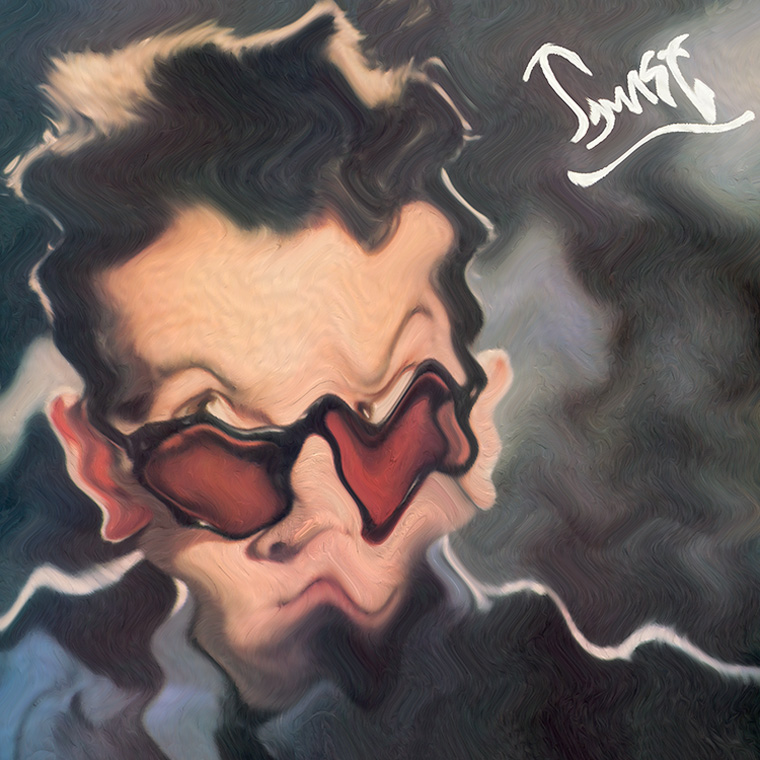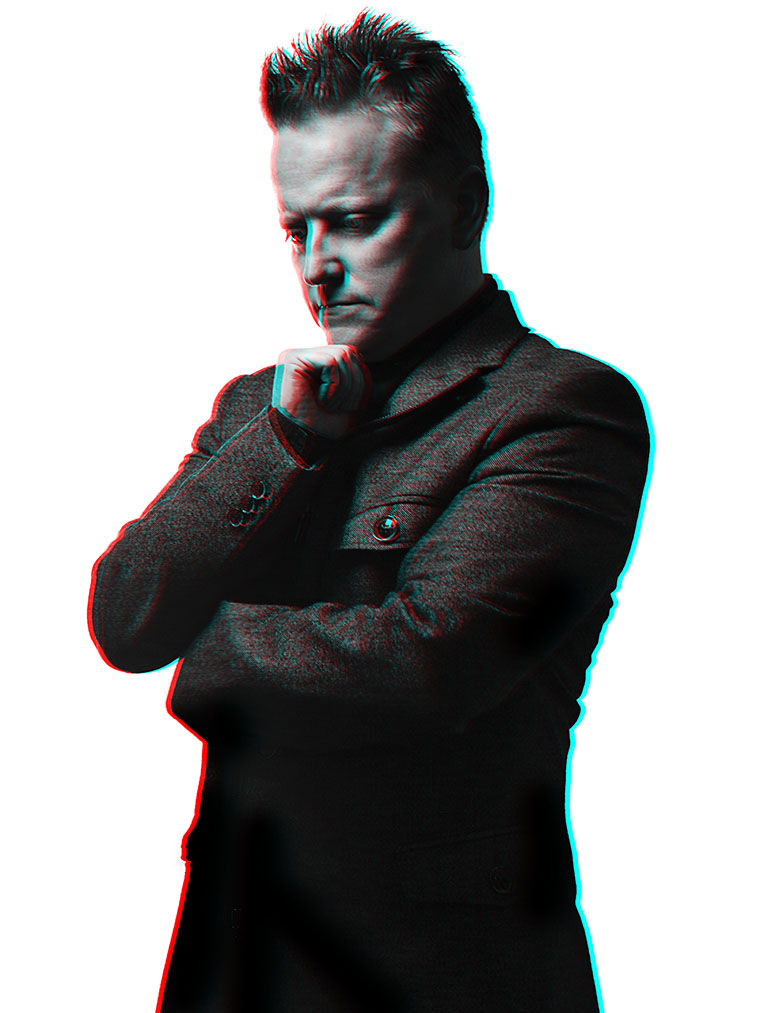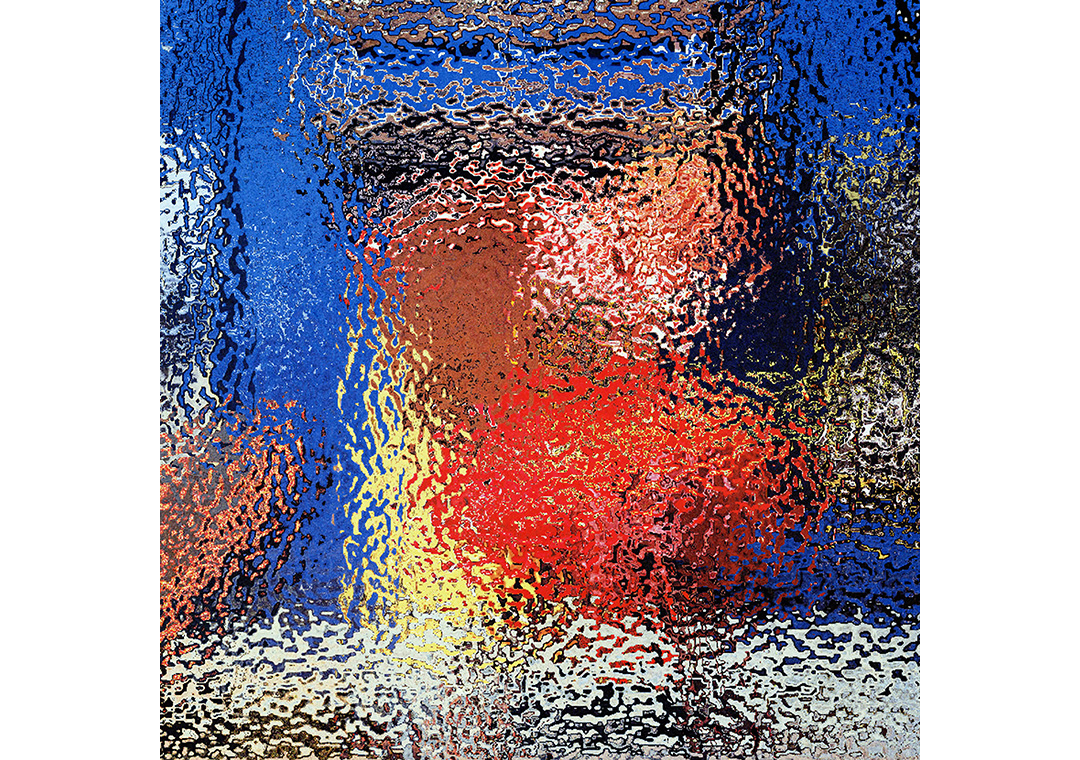Lauper
***
Panik Collective
Dancing About Architecture
by Matt Kennedy
The quote “Dancing About Architecture” has been attributed to Laurie Anderson, Steve Martin, Frank Zappa, Martin Mull, Elvis Costello, Thelonius Monk, Clara Schumann, Miles Davis, George Carlin and several other people along the way. The original citation to appear in print was attributed to Martin Mull via a paraphrase by rock critic Gary Sperrazza in the September-October 1979 issue of Time Barrier Express, in which he wrote: “because I truly believe – honest – that writing about music is,” as Martin Mull put it, “like dancing about architecture.”
The second was further paraphrased, though still attributed to Martin Mull, by critic Thomas McGonigle in the December 1979 issue of Arts Magazine, “we have the classic situation: no limits, thus all limits, or to slightly alter the famous Martin Mull dictum, ‘Writing about painting is like dancing about architecture.’”
But going back to February 9, 1918 in an issue of the New Republic, one finds what could very well be the origin of the clever maxim:
“Strictly considered, writing about music is as illogical as singing about economics. All the other arts can be talked about in the terms of ordinary life and experience, a poem, a statue, a painting or a play is a representation of somebody or something, and can be measurably described (the purely aesthetic values aside) by describing what it represents.”
Curiously, this quote emerges in the same era as (and yet seems completely oblivious to) the rise of the Avant Garde. Critical writing about an art exhibition was a necessity in describing what could not be accurately reproduced within reasonable budgeted expense. Today, we’ve moved past inexpensive, full color printing and now free and faithful, digital reproduction of art is at nearly everybody’s fingertips, but providing challenging imagery without explanation could be likened to assembling a complicated stereo system without instructions.
Decades ago when post war artists brought abstract expressionism to the forefront of the modern art world, there was little attempt to bring the public along and that led to a great disconnect. High concepts need to be explained and they need to be explained well unless the concept is to alienate. The Panik Collective presents the series “Dancing About Architecture” as a bridge between figurative and abstract work. All the paintings are representational works that step beyond the remixes of their prior “High Fidelity” series to minimalize the overtly recognizable elements of iconic album covers in an effort to connect individuals to the zeitgeist via shared and divergent, personal nostalgia.

Trust
Album covers represent not just imagery, but the music housed on vinyl discs, hidden within them. And they connect to life moments experienced while that music was playing. And they become capsule totems of concerts where songs on those albums were performed live–in essence mixing with other material by the same artist and the opening bands and on the t-shirts of the other attendees. Some music has words, and those words connect with mood and emotion and further manipulate the initial impression given by the art meant to represent it. These all have a life of their own, and yet they are shared by sometimes millions of individuals.
The abstracted works in “Dancing About Architecture” strip away the surface to expose the less visible elements that together create iconoclasm. Blurring the overt creates awareness of the obscure. Color values and composition have been highlighted, and provide an expanded interpretation of the most beloved pop culture emblems of our lives.
Panik Collective‘s Dancing About Architecture will be getting a limited engagement at Gallery 30 South in Pasadena. This exciting new venue promises a new intersection between High Concept and High Craft in a city with one of the highest ratios of cultural institutions per capita. And the Panik Collective couldn’t be more at home. Highlights of the exhibition include their abstract expressionist takes on Elvis Costello’s Trust album art (created for filmmaker James Gunn), and their tribute to Jeff Buckley‘s Grace, which has just finished a six month exhibition at the Houston Museum of Drawing where the collective was not just the inaugural exhibition, but the first to be offered an extension due to popular demand. These large format paintings represent an artistic game of telephone between collective members in Los Angeles and their counterparts in Chinese painting factories. Images abstracted here as digital files are often recreated in oils, then scanned and further abstracted before returning to canvas again as amalgamations of digital and analog practices. Full process works include the Panik Collective treatment of album covers by the Beastie Boys, Cindy Lauper, Bruce Springsteen, the Sex Pistols, New Order, Metallica, Def Leppard, and Jimmy Eat World.
Some are arguably more iconoclastic than the source material.
Dancing About Architecture
Follow the Panik Collective on FB, Instagram and twitter @panikcollective
Follow Gallery 30 South on FB, Instagram, and Twitter @gallery30south
About the author:
 Matt Kennedy is a curator in Los Angeles. His Pod Sequentialism podcast on the Meltdown Network launches new shows weekly, all archived on iTunes. He has written and spoken extensively about comics and pop culture for over two decades. You can read more about him in “About Us.”
Matt Kennedy is a curator in Los Angeles. His Pod Sequentialism podcast on the Meltdown Network launches new shows weekly, all archived on iTunes. He has written and spoken extensively about comics and pop culture for over two decades. You can read more about him in “About Us.”

I like the notion of explaining conceptual works well. We have to use all the tools in our box to reach each other on deeper levels.
Always a big fan of album art. I dread when record companies ise artists who have no connection to the music. They used to do that with Black Sabbath and many others. Powerful connections come with strong communication and using several mediums is an art in itself.